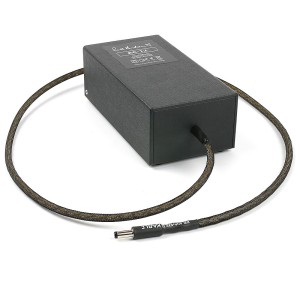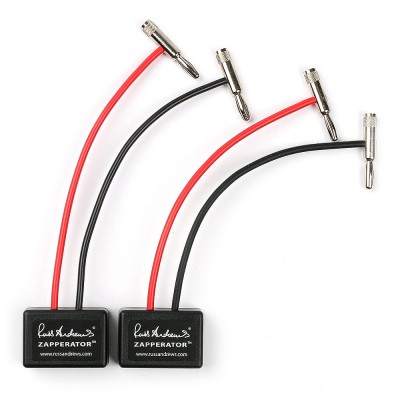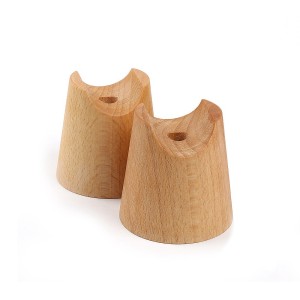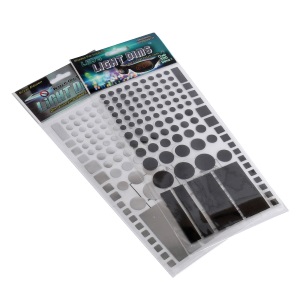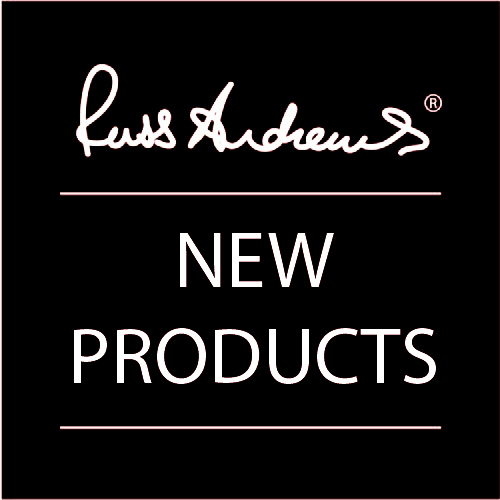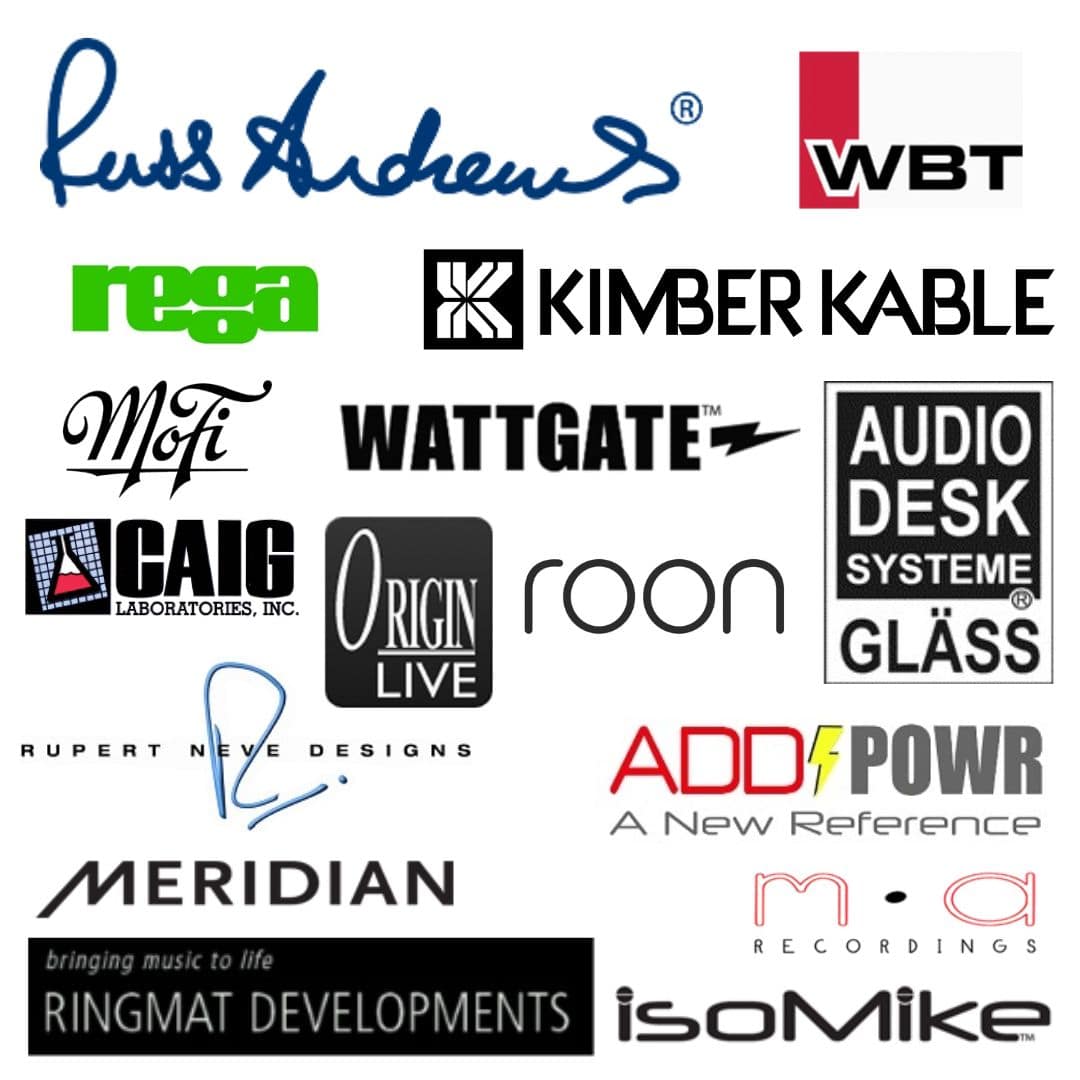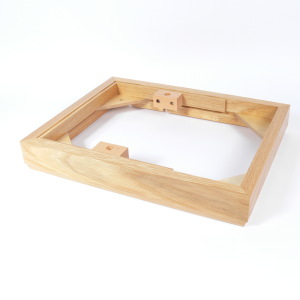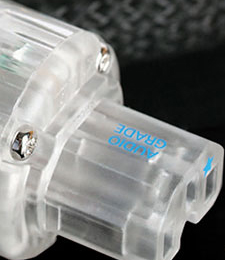Recommended Recordings: Jazz at the Pawnshop
Tuesday, 10th June 2025
Russ kicks off his Recommended Recordings round-up with a review of the legendary 1976 album Jazz at the Pawnshop. But does it live up to the hype?

1. Jazz At The Pawnshop
I shall begin my Recommended Recordings with Jazz At The Pawnshop, that stunningly-real sounding recording made in 1976 in Stampen, a small jazz club in Stockholm.
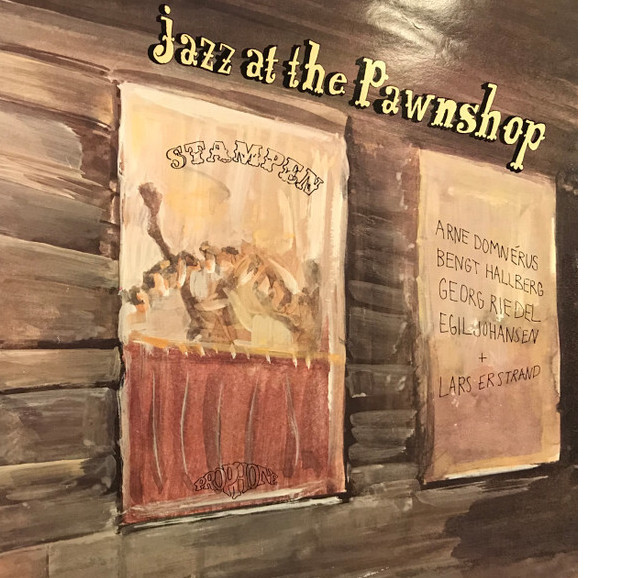
The Recording Engineer was the highly-respected - but unknown in the UK - Gert Palmcrantz; the band, Arne Domnerus, Bengt Hallberg, Lars Erstrand and Egil Johansen. The record company, Prophone (Proprius) was imported and distributed by Roy Gandy of Rega.
The following quotation of Gert Palmcrantz, printed with these recordings, says what I have long believed to be true about all kinds of music performance:
After years in multitrack studios with all their over-emphasis on the very latest technology, such as overdubbing, and that painstaking splicing... I simply withdrew to only two Neumann U47 microphones and Nagra stereo recorder... however, the ultimate reason for their getting that extremely rich recorded sound during the old days is simply not a question of technology. The main reason is that the first generation of skilful and hardworking studio musicians definitely knew how to work with microphones!
Today the musicians are very poorly educated in the use of recording equipment. I burst into tears when I see young colleagues recording big bands with a microphone stuck into every instrument. No wonder that most of the big band recordings of today sound as though they have been squeezed through a keyhole!"
This recording captures the very essence of that idea, so what other recording should I listen to first and put at the top of my list?
Jazz at the Pawnshop on LP
I have the following issues and versions of Jazz at the Pawnshop, starting with the first double LP of 1976. I used my old favourite track High Life for the disc comparisons because it would be interesting to listen for wear on the well-used version 1.
Version 1 is an original, much played example, particularly Side A. It has the following stamper numbers:
Version 2 is a later - 1980s - minimally-played example. It has the following stamper numbers:
Side A: PROP 7778-A-2 BA-GP
The clear difference between version 1 and version 2 was that the slight wear and surface noise of version 1 hid a noticeable amount of clarity and low-level information and so was less involving.
Version 2 was not just involving, it was enveloping. It clearly showed that the mechanical effect of playing a vinyl disc causes an audible level of degradation even when great care had been taken and no mistracking damage was evident.
All things being equal, fresh, early stamper numbers sound better than worn or later ones, and thicker vinyl sounds better than thin. Also, new un-played versions are to be preferred to secondhand ones.
All discs sound better when the mould release agent, dust and debris have been removed by proper cleaning. I use a Keith Monks Prodigy cleaning machine and the supplied fluid before playing any vinyl disc. I then put the cleaned disc into a new MA Recordings sleeve.
Jazz at the Pawnshop on CD
I have three different copies of the CD issue of Jazz at the Pawnshop:
CD1 is the original, single-CD issue of 1986, cat number PRCD 7778
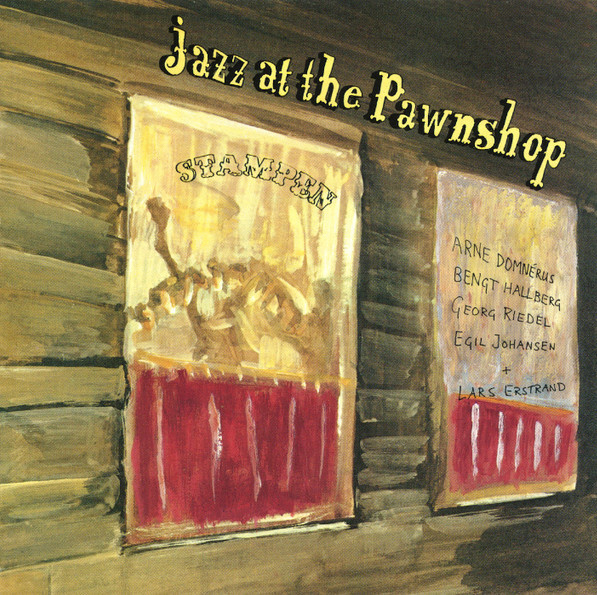
Jazz at the Pawnshop CD cover
CD2 is an XRCD ‘20bit K2 super coding’ two-disc version, FIM XRCD 012 (disc 1) and FIM XRCD 013 (disc 2)
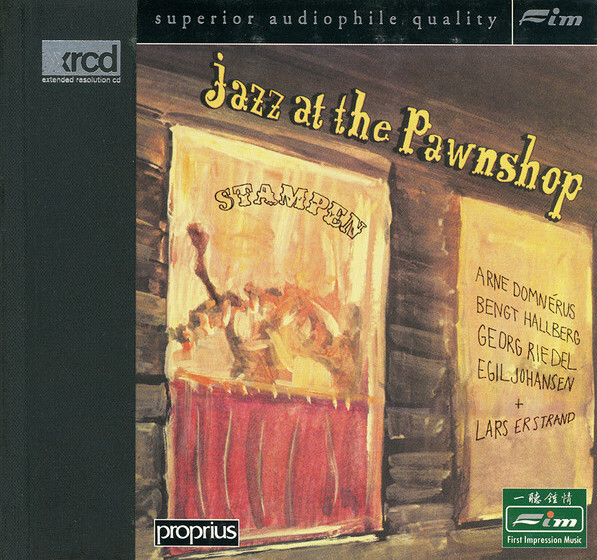
Jazz at the Pawnshop XRCD cover
CD3 is the 30th Anniversary reissue of 2005/6 comprising three SACDs – PRSACD 7778, PRSACD 7079 and PRSACD 7080.
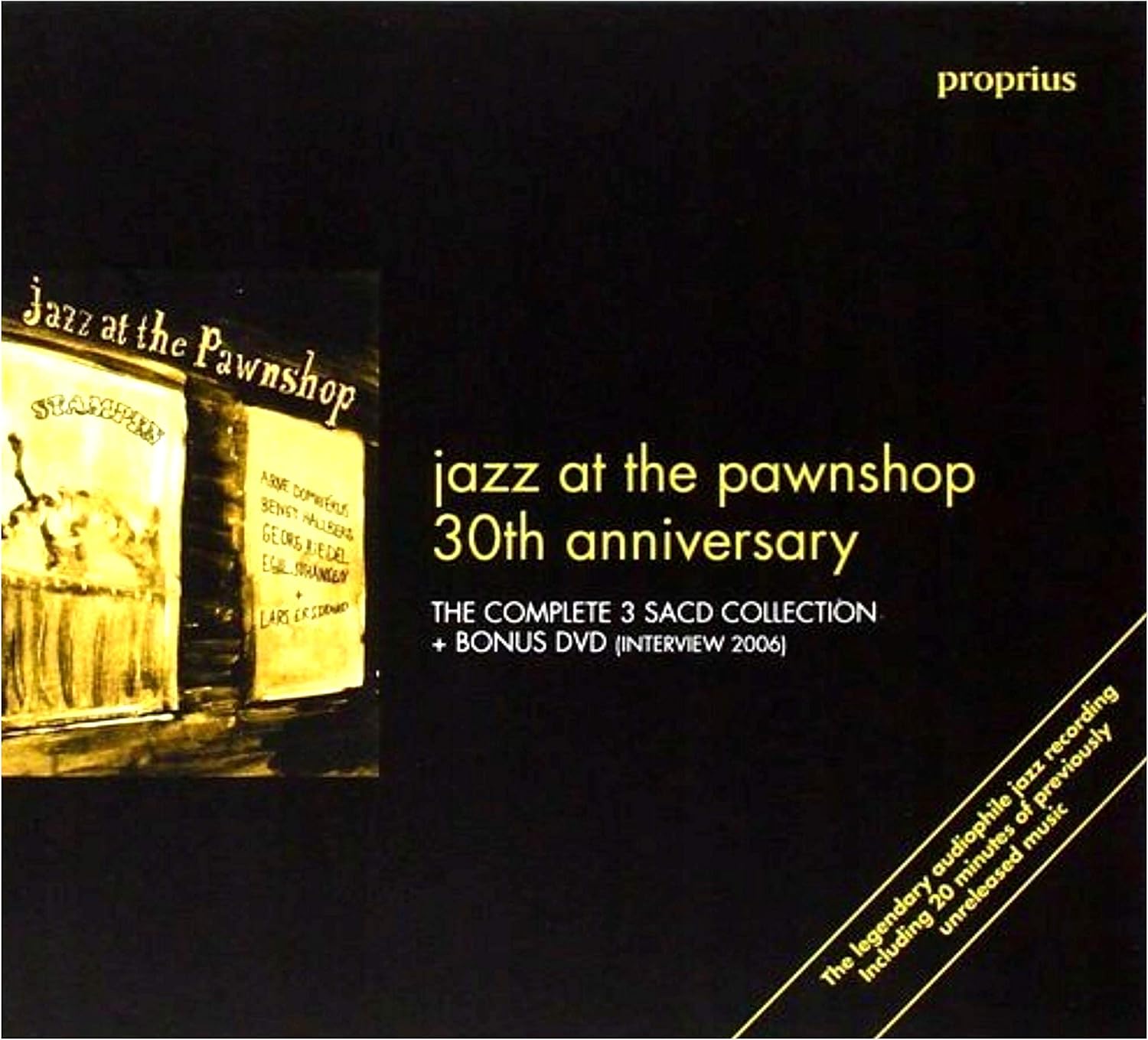
Jazz at the Pawnshop SACD cover
There is also a bonus DVD issued with the above 30th Anniversary collection.
All these discs were played on an OPPO BDP-95EU.
The original 1986 CD issue (Prophone PRCD 7778) has nine of the original twelve tracks of the 1976 two-disc vinyl issue. Track 1 on both is Limehouse Blues but the vinyl starts as the drummer begins playing his intro strokes.
The CD, however, begins with 38 seconds of audience noise and members of the band quietly playing a few notes before the drummer leads into the first song.
This perfectly sets the scene for what we are about to enjoy; an evening in a jazz club with an audience of eager regulars sitting at tables, ordering drinks and ready to respond appreciatively to the music.
From the beginning, there is a credible three-dimensional soundstage of a band in a small club. Improvisation is key to this session, musician interaction the catalyst.
I loved the vinyl issue from the first listen in the late 1970s but the remastering for CD in the mid-1980s - including more 'atmospheric' audience sounds - puts a cherry on the cake (as we would say back in the day).
This remastering is a fine example of what could have been achieved by mastering engineers elsewhere at that time if they had had sufficient talent, experience and ambition, and were working with musicians who "knew how to work with microphones".
The poor-quality work they delivered across all genres of CD releases confirmed our belief in the Hi-Fi industry that analogue was far more musical than digital. Proprius were not alone in being able to deliver musical CDs at that time but their efforts were compromised by their inexperience in the new Digital World.
It must be said, though, that they were not helped by the erroneous belief that digital was inherently perfect because it contained all the data and that is all that matters!
Sadly though, the CD replay equipment of the 1980s was unable to show the advantages of the medium in comparison to good vinyl replay but they were enjoyable none the less.
Now it is clear how much more dynamic range, clarity and definition, channel separation and musicality is evident on well-engineered CDs that the musicality of vinyl is no longer the trump card it once was.
We were not given a glimpse of what could be achieved on CD until 1997 when JVC released Jazz at the Pawnshop in its new ‘XRCD, 20-bit, K2 Super Coding’ series: FIM XRCD 012-013.
All the 1986 CD advantages were there in spades, but best of all, the improved reality and sense of the three-dimensional soundstage is breathtaking.
The ordinary CD layer of the 30th Anniversary SACD (PRSACD 7778, PRSACD 7779 and PRSACD 7780), is, perhaps, somewhere half way between the 1986 CD and the 1997 XRCD in terms of reality and believability.
Smooth, relaxed but lacking in impact. The SACD layer sounds better than the CD layer, as to be expected. Tonally, it sounds the same as the CD layer yet you get the sense that you are ‘closer’ to the musicians - but it sounds too polite when compared to the XRCD.
The booklet that accompanies the 30th Anniversary box set is well worth having for the mine of information - in particular, the parts written by the Recording Engineer Gert Palmcrantz.
Conclusion
The original 1976 vinyl disc - PROP 7778-79 - is a must-have example of live jazz band recording and mastering; so good that it is enjoyable and involving played on any system. And one that just gets better the better your system becomes. I have very many recordings that were impressive back in the day but now show all their faults, blemishes, electronic tricks and over-production fingerprints. I am sure you have too!
On optical disc, the XRCD is my disc of choice. Interestingly, the interview on the DVD reveals a Proprius Gold CD version of this epic recording that I did not know existed so I need to get hold of a copy of that to compare.
Note that there are two LP releases from the 1990s - Good Vibes at the Pawnshop Jazz Club (catalogue number PROP9558), and Jazz at the Pawnshop 2 - Another Eight Tunes From The 1976 Remarkable "Pawnshop" Recording (catalogue number PROP 9544). These contained tracks from the original 1976 recording that were missing from the original vinyl release. They are included on the JVC FIM XRCD 012-013 and the 30th Anniversary box set.
Written By Russ Andrews












